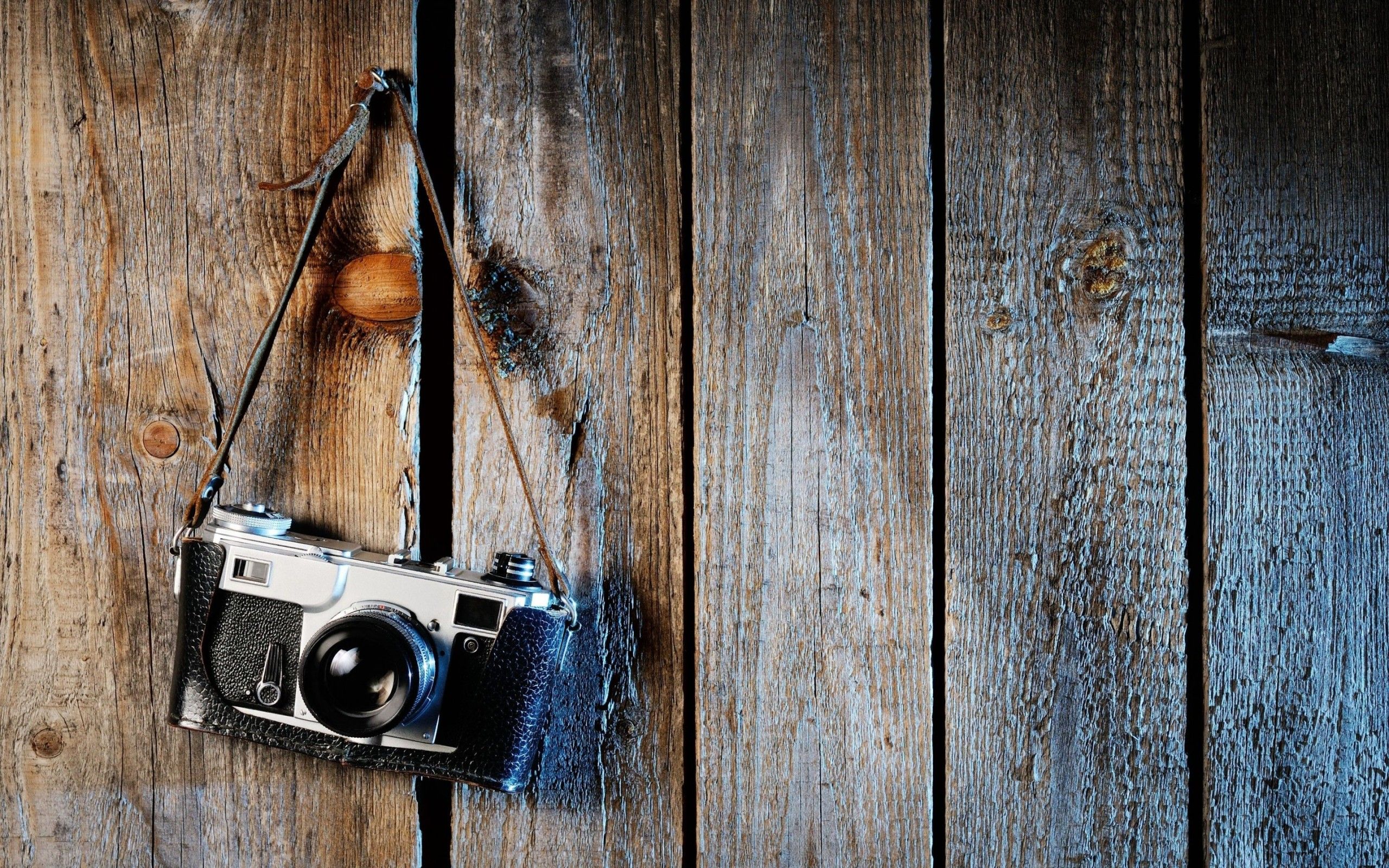Historical Evolution of Classic Wallpaper

Classic wallpaper has a rich and storied history, with roots in ancient civilizations and evolving through various artistic and cultural influences. From the intricate patterns of the Orient to the grandeur of European palaces, classic wallpaper has adorned walls for centuries, reflecting the tastes and aspirations of different eras.
Classic wallpaper has been a timeless choice for adorning homes, but it’s always refreshing to find new interpretations of this classic. Take the simpson wallpaper , for instance. With its playful and vibrant designs featuring beloved characters from the iconic animated series, it brings a touch of nostalgia and whimsy to any room.
Yet, despite these modern twists, the essence of classic wallpaper remains—a touch of elegance and sophistication that elevates any space.
The earliest forms of wallpaper can be traced back to ancient China, where artisans created intricate designs on silk and paper. These early wallpapers were primarily used to decorate the homes of the wealthy and powerful, and their designs often incorporated auspicious symbols and motifs.
Spread to Europe, Classic wallpaper
In the 16th century, wallpaper began to gain popularity in Europe, particularly in France and England. European artisans adapted the techniques and designs of Chinese wallpaper, creating their own unique styles. During the Baroque period, wallpaper became increasingly elaborate, with designs featuring opulent patterns, rich colors, and metallic accents.
Industrial Revolution
The Industrial Revolution brought about significant changes in the production of wallpaper. The invention of the printing press allowed for mass production of wallpaper, making it more affordable and accessible to the general public. New technologies also led to the development of new wallpaper materials, such as vinyl and flocked wallpaper.
20th Century and Beyond
In the 20th century, classic wallpaper continued to evolve, with the emergence of Art Deco and Mid-Century Modern styles. These styles emphasized geometric patterns, bold colors, and simplified forms. In recent years, there has been a resurgence of interest in classic wallpaper, as homeowners seek to add a touch of elegance and history to their homes.
Classic wallpaper, with its timeless elegance and intricate patterns, evokes a sense of grandeur and sophistication. For those seeking a touch of royalty, queen wallpaper offers an exquisite choice. Inspired by the opulence of royal courts, these designs feature regal motifs, opulent colors, and intricate embellishments that create a truly captivating ambiance.
The transition back to classic wallpaper is seamless, as these designs seamlessly blend the grandeur of the past with the sophistication of the present, creating a timeless and enchanting atmosphere.
Types and Styles of Classic Wallpaper

Classic wallpaper has evolved over centuries, showcasing a diverse range of styles and materials. From intricate damasks to elegant florals, each type offers a unique aesthetic that can transform any space.
Damask
- Description: Opulent and sophisticated, damask wallpaper features intricate, reversible patterns woven on a satin or silk-like fabric.
- Examples: The iconic “Lyon Damask” pattern, with its stylized floral motifs, and the “Genoa Damask,” known for its bold and geometric designs.
- Images:
 – Lyon Damask, characterized by its intricate floral motifs.
– Lyon Damask, characterized by its intricate floral motifs. – Genoa Damask, known for its bold geometric designs.
– Genoa Damask, known for its bold geometric designs.
Floral
- Description: Timeless and charming, floral wallpaper brings the beauty of nature indoors, featuring delicate blooms, trailing vines, and lush foliage.
- Examples: The “Toile de Jouy” pattern, depicting pastoral scenes in shades of blue and white, and the “Morris & Co. Strawberry Thief” pattern, with its iconic strawberry motifs.
- Images:
 – Toile de Jouy, known for its pastoral scenes.
– Toile de Jouy, known for its pastoral scenes. – Morris & Co. Strawberry Thief, featuring its iconic strawberry motifs.
– Morris & Co. Strawberry Thief, featuring its iconic strawberry motifs.
Geometric
- Description: Modern and minimalist, geometric wallpaper introduces clean lines, bold shapes, and abstract patterns to create a striking visual impact.
- Examples: The “Art Deco Zigzag” pattern, with its sharp angles and contrasting colors, and the “Scandinavian Herringbone” pattern, with its interlocking geometric shapes.
- Images:
 – Art Deco Zigzag, featuring sharp angles and contrasting colors.
– Art Deco Zigzag, featuring sharp angles and contrasting colors. – Scandinavian Herringbone, known for its interlocking geometric shapes.
– Scandinavian Herringbone, known for its interlocking geometric shapes.
Textured
- Description: Tactile and visually appealing, textured wallpaper adds depth and dimension to walls, creating a unique and immersive experience.
- Examples: The “Grasscloth” pattern, woven from natural fibers, and the “Velvet” pattern, with its soft and luxurious feel.
- Images:
 – Grasscloth, woven from natural fibers.
– Grasscloth, woven from natural fibers. – Velvet, known for its soft and luxurious feel.
– Velvet, known for its soft and luxurious feel.
Applications and Uses of Classic Wallpaper

Classic wallpaper, with its timeless designs and elegant patterns, has found widespread application in various settings, from residential homes to commercial spaces. Its versatility and ability to enhance the ambiance of any room make it a popular choice for interior decorators and homeowners alike.
In residential settings, classic wallpaper is often used to create a sophisticated and inviting atmosphere in living rooms, bedrooms, and hallways. For instance, a living room adorned with a damask wallpaper in muted tones can exude a sense of grandeur and formality, while a bedroom with a floral wallpaper in soft pastels can evoke a serene and calming ambiance.
Suitability for Specific Rooms
The suitability of classic wallpaper for specific rooms depends on the desired aesthetic and the overall style of the space. For living rooms, bold and intricate patterns can create a dramatic focal point, while more subtle and understated designs can complement existing furniture and decor.
In bedrooms, classic wallpaper can create a cozy and intimate atmosphere. Soft and delicate patterns in calming colors, such as blues, greens, and lavenders, can promote relaxation and tranquility. For hallways, classic wallpaper can add a touch of elegance and sophistication, creating a welcoming entryway for guests.
Enhancing Ambiance and Aesthetics
Classic wallpaper not only adds visual interest to a space but also has the power to transform the overall ambiance and create desired aesthetics. For example, a room with a chinoiserie wallpaper in vibrant hues can evoke a sense of exoticism and adventure, while a room with a geometric wallpaper in neutral tones can create a modern and minimalist aesthetic.
By carefully selecting the pattern, color, and texture of the wallpaper, homeowners can create a space that reflects their personal style and enhances the overall functionality and enjoyment of the room.
Tips for Selection and Installation
To achieve optimal results when selecting and installing classic wallpaper, consider the following tips:
- Choose a wallpaper that complements the existing furniture and decor of the room.
- Consider the scale of the pattern and the size of the room to ensure a harmonious balance.
- Test the wallpaper in an inconspicuous area before committing to the entire room to ensure color accuracy and compatibility.
- Hire a professional installer to ensure proper application and avoid costly mistakes.
- Follow the manufacturer’s instructions carefully for preparation, application, and maintenance.
